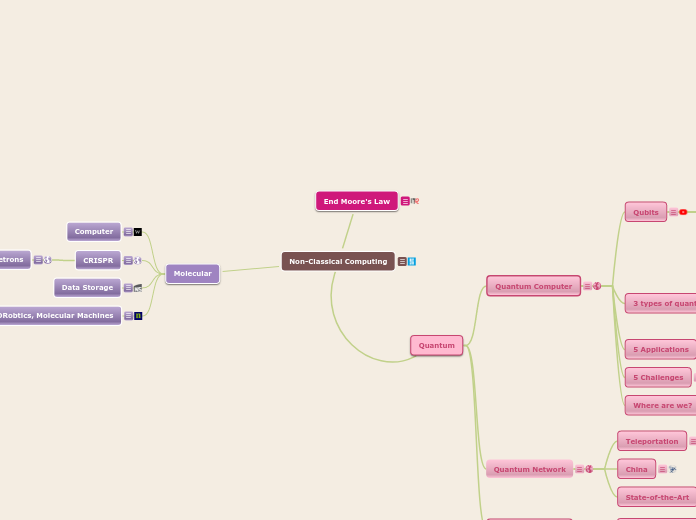Evidence for Evolution
Biogeography
Modern biogeographic research combines
information and ideas from many fields
from the physiological and ecological constraints
on organismal dispersal.
Pangea
1. About 300 million years ago, the supercontinent
called Pangea existed and it began to break apart about 175 million years ago. (I don't believe that the earth existed that long.)
2. The concept was first proposed by Alfred Wegener.
3. Pangea is Greek for Earth.
VISUAL
https://sp.yimg.com/xj/th?id=OIP.M9ab5ae1c1cc09e9c9cd51bed0589e136H0&pid=15.1&H=158&W=160&P=0
Biogeography is the study of the distribution
of species and ecosystems in geographic space
and through (geological) time.
Zoogeographic Regions
1. Geographic distribution of animals.
2. Philip Sclater is regarded as the father
of zoogeography.
3. Palearctic and Oriental
VISUAL
https://sp.yimg.com/xj/th?id=OIP.M81108af5afd3045f55002f00a756d055o0&pid=15.1&P=0&w=300&h=300
Fossil Record
Sequential Nature
of Fossil Record
1.The species has to be buried quickly and deeply for
it the be preserved into a fossil.
2. Scientists are studying the erosion and preservation of fossils. most will erode before anyone gets to them.
3. A Marine Mollusk and a lungfish
VISUAL
https://sp.yimg.com/xj/th?id=OIP.M82cca208c049f7ea46c24bb44620772ao0&pid=15.1&P=0&w=300&h=300
A term used by paleontologists to refer
to the total number of fossils that have
been discovered, as well as to the information
derived from them.
Stasis
1. Little net evolutionary change for most of a
fossil's geological history.
2. Scientists just call it stasis because it's a lack
of change.
3. A thornback ray fossil and oyster fossils.
VISUAL
https://sp.yimg.com/xj/th?id=OIP.Mda7ee8fabfd5b6fa3787581db77e9871o0&pid=15.1&H=165&W=160&P=0
The fossil record thoroughly examines
the evidence to determine which worldview-
creation or evolution- presents the most accurate
portrayal of earth's early history.
1. The fossil record does not show gradual change;
it shows sudden appearances followed by stasis.
2. They often represent lengthy periods of time.
It actually supports the creation model.
3. The Cambrian Explosion and the fish-amphibian
transition.
VISUAL
https://sp.yimg.com/xj/th?id=OIP.M063e26445a1356ab3c441dcfd475f0d5o0&pid=15.1&H=120&W=160&P=0
Analogous Structures
Structures of different species having
similar or corresponding function but
not from the same evolutionary origin.
Analogous structures can provide
information about how natural selection
leads to similar adaptations in the
same envireonment.
Homologies
Developmental
1. Species that differ as adults often bear
striking similarities during embryonic stages.
2.Scientists are studying the developmental
stages of different species called the embryo
to compare certain species.
3.Scientists compare the embryo of reptiles,
birds, fish, and mammals.
VISUAL
http://faculty.ycp.edu/~kkleiner/EvolBio/EvolBioImages/EvidenceforEvol/Developmentalhomologies.jpg
Vestigial Structures
Embryology
Derived from a common ancestor
form but different shape and function.
Molecular
1. Similarities in cells at the molecular level indicate
that living species evolved from a common ancestor.
2. The structure and function of all living organisms
depends on biologic molecules called protein.
3. All living species use DNA to store information.
Certain biochemical pathways are found in all species.
VISUAL
http://bio1903.nicerweb.com/Locked/media/ch22/22_16HemoglobinHomology.jpg
Evolutionists attribute biological similarities-
this "homology"- to a "common ancestor"
among diverse creatures.
Anatomical
1. Similarity between characteristics in
different species of organisms.
2. Biological structures are similar because
they conform more or less to pre-existing
patterns.
3. Bats and butterflies (wings). Bats and whales
(bones in wings and flippers).
VISUAL
https://sp.yimg.com/ib/th?id=OIP.Mc275cf5a60a4de5611f162cb6d9e9cf2o0&pid=15.1b
Sudden Appearance
Subtopic









